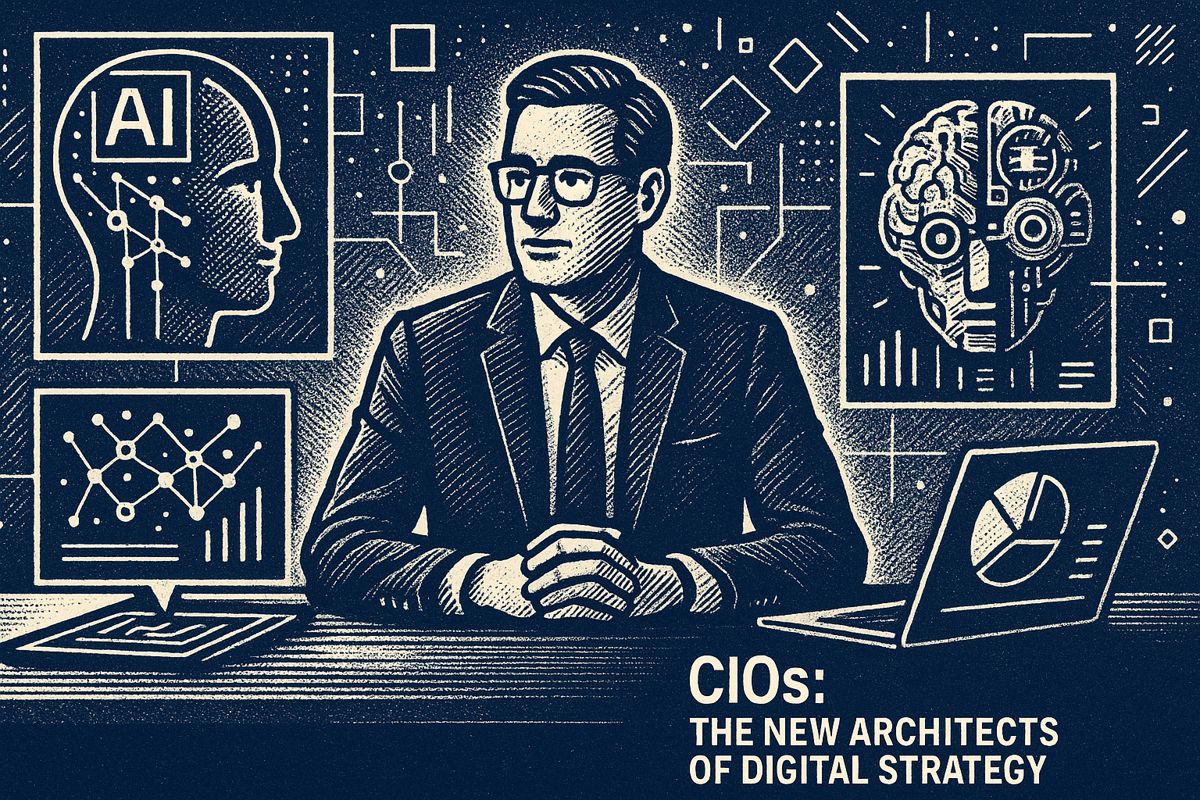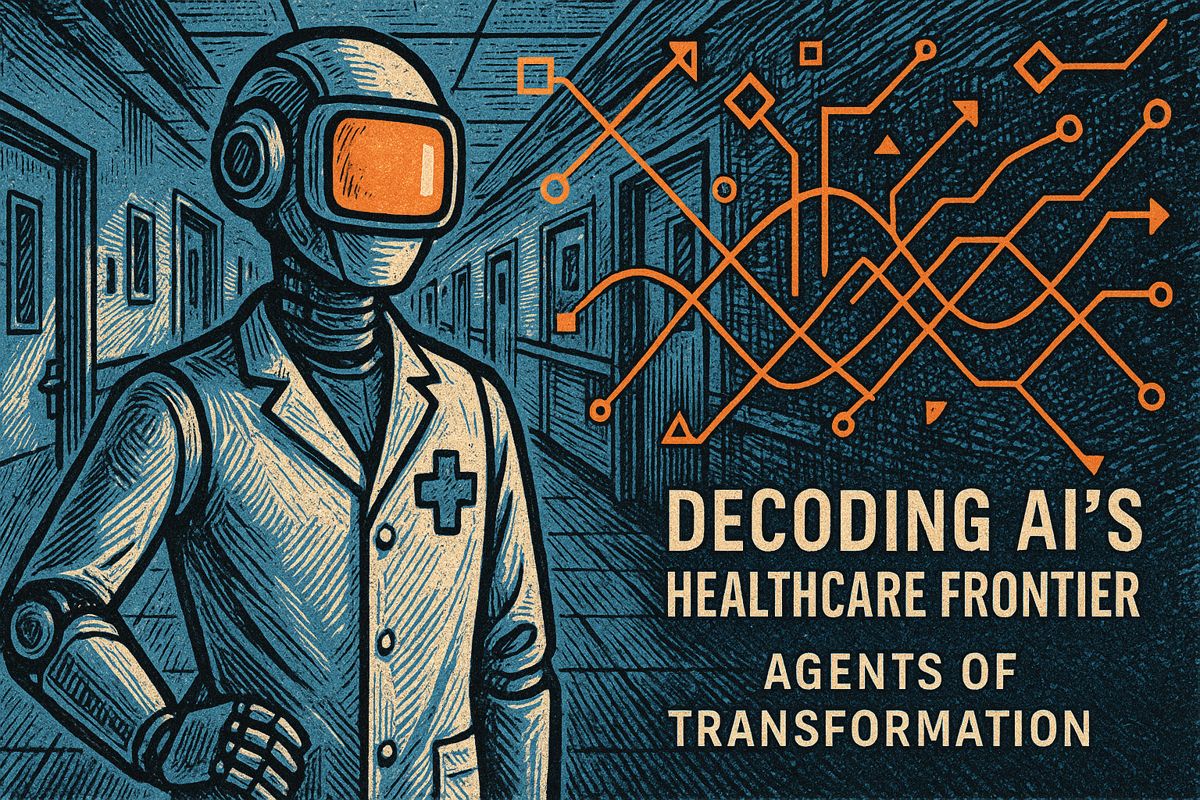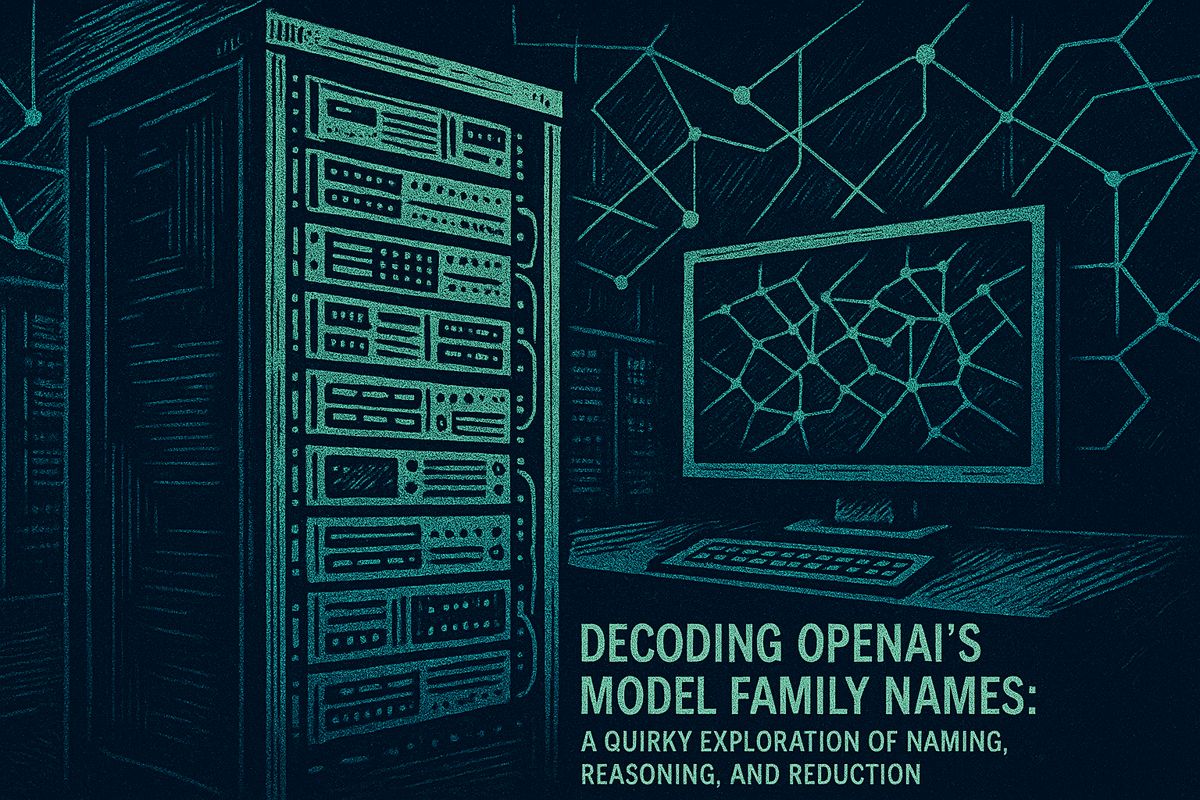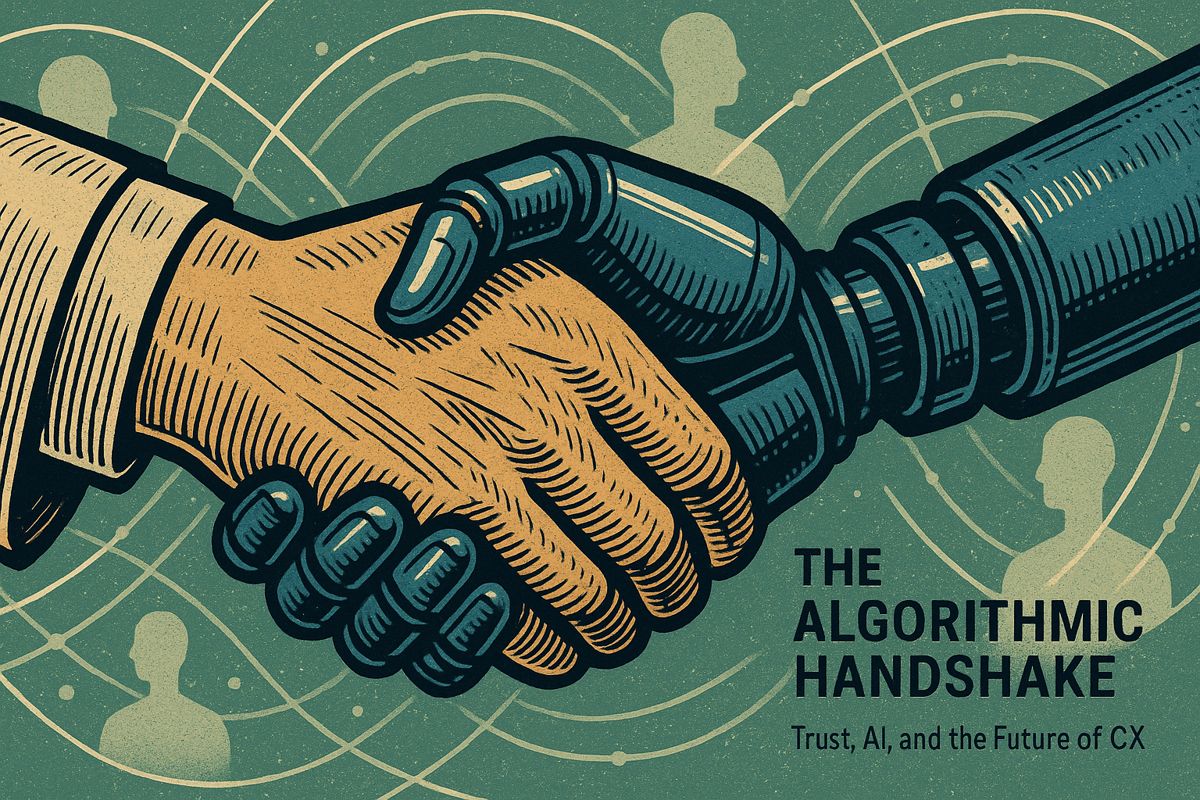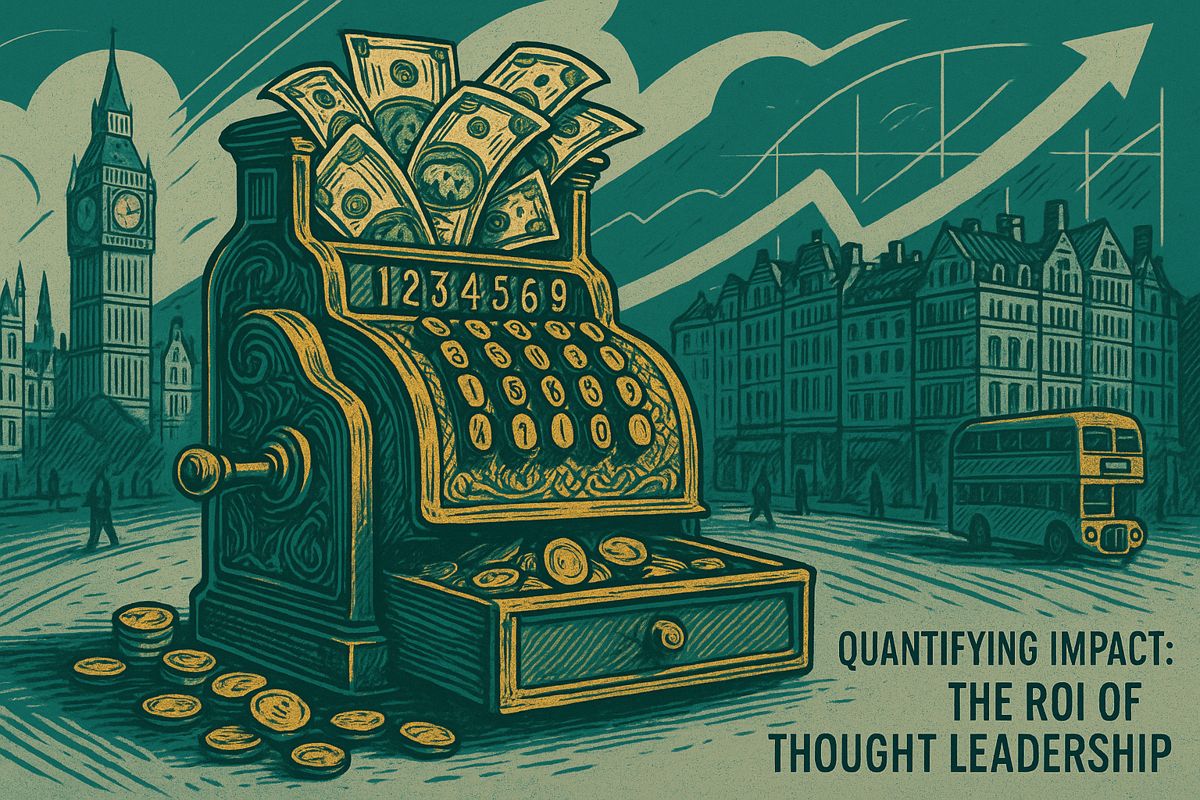Here’s the text with the most important phrase emphasized in markdown bold:
In 2025, CIOs have transformed from traditional IT managers to strategic AI leaders, with 80% driving AI strategy and 75% collaborating across business units. The role has dramatically shifted from technical support to business innovation, with 71% leading AI adoption and 45% prioritizing AI and machine learning investments. Despite the exciting momentum, only 11% of organizations have a comprehensive AI strategy, creating a landscape of both exhilaration and anxiety. CIOs now balance complex technological challenges with broad business strategy, acting as crucial bridges between algorithmic potential and practical business outcomes. This new leadership demands a unique blend of technical expertise, strategic vision, and adaptability in an rapidly evolving digital landscape.
What Major Changes Are CIOs Experiencing with AI in 2025?
CIOs are transforming from traditional IT managers to strategic AI leaders. 80% now drive AI strategy, 75% collaborate with business units on AI applications, and 71% are leading AI adoption across their organizations. The role has fundamentally shifted from technical support to business innovation.
The Tectonic Shift: From Backroom Fixer to Boardroom Architect
I have to admit, some mornings the right survey cracks open my brain like a cold splash of water. Today’s culprit? The 2025 State of the CIO report. It was there, lurking among my emails, promising numbers and trends. Eighty percent of CIOs are now spearheading AI strategy. Eighty percent! I nearly spilled my coffee. For anyone who recalls the era of the CIO as a shadowy figure – guardian of patch cables and disaster recovery binders, rarely glimpsed in the daylight – this is a transformation on the scale of tectonic drift.
I flashed back to my earliest tech gig, a time when artificial intelligence was something you read about in IEEE Transactions on Neural Networks, not a line item under “key priorities.” The CIO I reported to was more likely to lose sleep over lost backups than lost business advantage. Back then, the scent in the server room was that strange blend of ozone and cold plastic, and no one was talking about “algorithmic disruption.” Now? The landscape feels almost unrecognizable.
But you don’t need to take my word for it. Consider Nalini, a former colleague with a knack for shifting technical tides. Around 2016, she pitched machine learning as the next essential playbook to a Fortune 500 boardroom. Blank stares. The idea sank like a stone in a still pond. Now, less than ten years later, those same skills would put her at the helm of AI transformation initiatives. It’s a reversal fit for a case study in the Harvard Business Review.
By the Numbers: Where CIOs Stand Today
Let’s drop the embellishment for a moment. According to the report, 80% of CIOs claim direct responsibility for AI strategy. Seventy-five percent are working hand-in-glove with business units to build AI applications. Another 71% are leading the adoption parade rather than following business dictates from afar. That’s not a gentle nudge – it’s a full-on paradigm shift. And 45% of CIOs now mark AI and machine learning investments as their top priority, a figure that indicates a sea change in both focus and funding.
Yet amid this momentum, only 11% of organizations possess a fully comprehensive AI strategy. Can you feel the tension? It’s like watching a chess grandmaster play with half the pieces missing – exhilarating, perplexing, slightly maddening. Meanwhile, the old staples remain: 80% of CIOs are still juggling mainline IT concerns, from cybersecurity to operations. No magical AI assistant has emerged to handle phishing scams or compliance reviews, though I do wish one would appear and rescue us all on those long, bleary nights.
Global IT spending soars like a kite in a steady spring wind. That’s power, but also pressure; a single misjudgment can sting, as I painfully learned when last year’s cloud migration ran two months over schedule. (Lesson learned: never underestimate the entropy of legacy systems.) Still, amidst the adrenaline and exasperation, there’s a strange satisfaction in seeing this role finally get its due.
The Human Balancing Act: Strategy, Survival, and Stumbles
When the numbers shift this quickly, it’s hard not to feel a mix of awe and trepidation. Sixty-one percent of CIOs now have a direct hand in broad business strategy. Translation: they’re charged with reconciling the poetic visions of CEOs with the hard, prosaic realities of technical infrastructure. It’s a bit like being both composer and conductor in a symphony, where half the orchestra is still learning their instruments. Sometimes you’re swept up in creative adrenaline – other times, you’re left fumbling for sheet music.
Let’s not sugarcoat it. Only 11%—yes, eleven percent—have a complete AI playbook. The rest are writing it on the fly, pencils smudged, erasers worn down. I’ve been in those war rooms where “AI strategy” is floated, and the debate quickly devolves into, “But what do we mean by AI, exactly?” The tension is almost palpable, prickling across the skin like static before a thunderstorm. You find yourself juggling the dazzling promise of generative models against the mundane but inescapable grind of integrating with SAP or ensuring GDPR compliance.
There’s a psychological toll in being the lynchpin. Anxiety and exhilaration tango through every planning session. (Is it possible to feel both hopeful and slightly nauseous about the same dashboard? Apparently, yes.) A CIO today must be part polymath, part therapist, and, in a pinch, a midnight troubleshooter for a moody firewall. I sometimes wonder if any executive role has changed so much, so quickly.
The Road Forward: The New DNA of Leadership
If you’re still picturing the CIO as the “IT guy”—or gal, or เพื่อน, as my Thai friends charmingly put it—think again. Today’s CIO is a bridge between worlds, soldering together the arcane logic of algorithms and the hard, sensory reality of business outcomes. Seventy-one percent are now leading AI adoption, and 68% of organizations report AI as an active force reshaping operations. That isn’t a future-tense proposition. The present is already humming with neural network computations and data pipelines that pulse like capillaries through every division.
Still, the risk remains. One miscalculated AI pilot or a slipshod data policy, and the fallout echoes louder than a klaxon in a silent corridor. No pressure, right? Sometimes I catch myself worrying that we’re all just improvising, hoping the next survey won’t reveal a glaring oversight. But then—I glance back at the strides we’ve made

